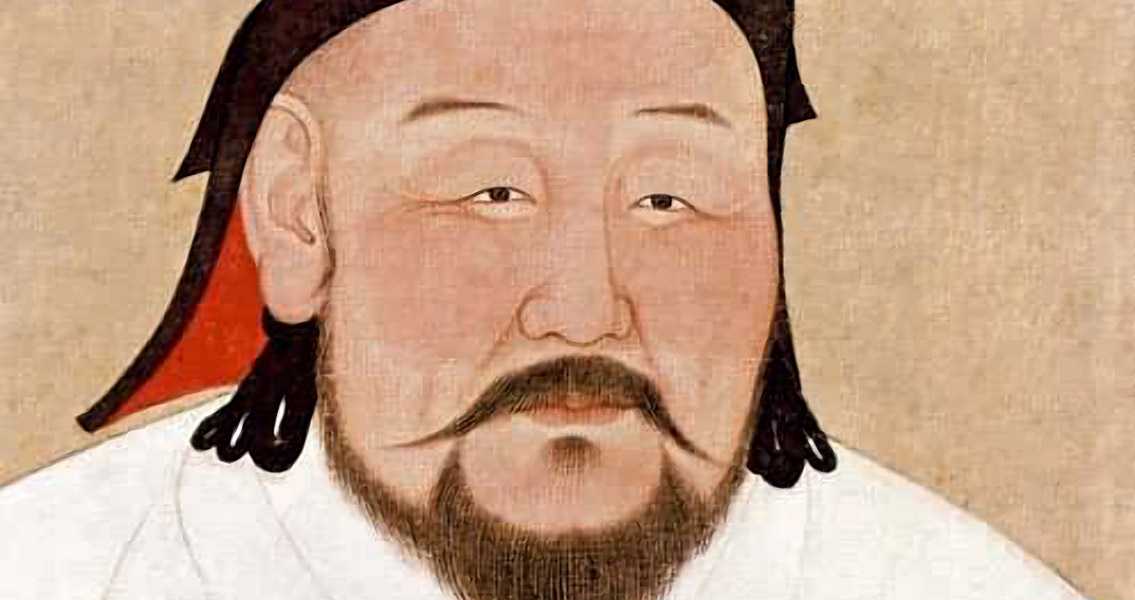<![CDATA[The Palace Museum in Beijing, best known as the Forbidden City, recently confirmed the discovery of porcelain pieces and broken tiles dating back to the Yuan Dynasty established by Kublai Khaan in the thirteenth century, thus solving one of China’s greatest mysteries; the location of the Yuan Palace. As it turns out, it was right under the three that followed it - in the center of the royal residence. The relics have been lying underground, buried for more than 600 years, beneath the feet of museum experts. The museum told the South China Morning Post the relics had been unearthed last year, but testing to confirm their age has only just been completed. The sprawling complex known as the Forbidden City was the location of China’s imperial palace from 1420, during the Ming (1368-1644) and Qing Dynasties (1644-1911). Experts from the museum said in a statement that they had uncovered the foundation of the royal palace from the Yuan dynasty at an archeological dig site in the center of the Forbidden City. Archeologists had begun localized excavations at the site to learn more about its architecture and construction history. Kublai Khaan was the fifth Great Khan (Khagan) of the Mongol Empire from 1260 until his death in 1294. As a grandson of Genghis Khan, Kublai succeeded his older brother as Khagan, but to do it he had to defeat his younger brother in a civil war that lasted until 1264. This marked the start of the empire's disunity, and although as Khagan he still had influence over the entire empire, Kublai's real power was reduced to Mongolia and China. On the whole, the realm stretched from the Pacific Ocean to the Black Sea, and from Siberia to what is today Afghanistan – one fifth of the world's populated land area. Kublai assumed the role of Emperor of China in 1271, establishing the Yuan dynasty which ruled over Mongolia, Korea and China, as well as several adjacent areas. By 1279, after Yuan forces had overcome the Southern Song dynasty, Kublai became the first non-native Emperor to defeat all of China. The excavation site in the center of the complex revealed a total of four historic foundation layers all together, starting with Qing at the top, late Ming next, followed by early Ming and then the Yuan at the bottom. A director with the Palace Museum, Li Ji, told the website Youth.cn that all of the buildings from the Yuan time period had been removed prior to the Forbidden City’s construction, making the discovery extremely rare. Other nearby discoveries include the remains of a garden palace built for the emperor’s mother, and a garbage pit for abandoned porcelain from the Qing dynasty. Li added that no large-scale construction or archaeological work will happen in the location of the relics, in order to minimize any impact to the surviving architecture. ]]>
Kublai Khaan’s Imperial Palace Discovered Under the Forbidden City
